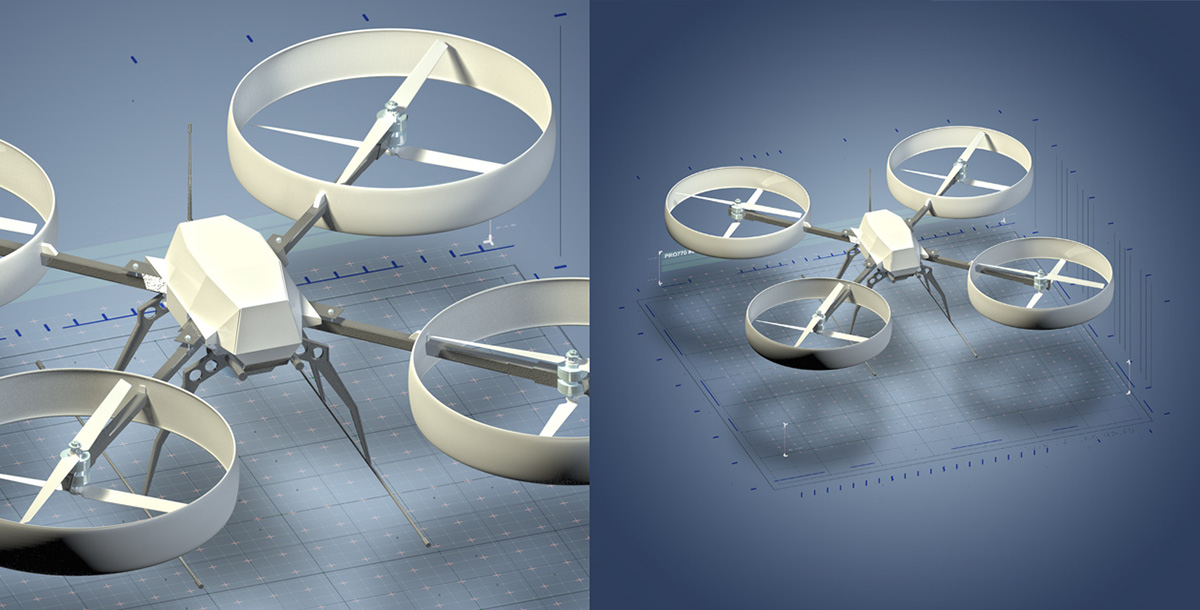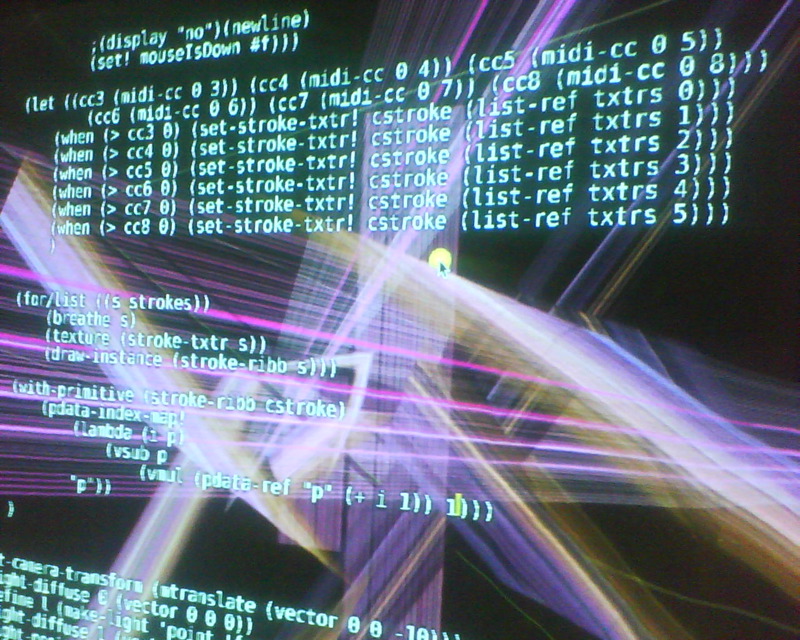Maker Space: In The Corporate Training Room?
Introduction
 |
| "Omaha Mini Maker Faire @ Do Space (26)" by Travelin' Librarian is licensed under CC BY-NC 2.0 |
One of the hottest
trends in learning is the Makerspace movement. It seems that no matter where
you turn you are being bombarded with images, commercials, ads, and YouTubevideos all about Makerspace and how enriching the learning is for students. For
one to understand the movement and the impact you first must know what, exactly
a Makerspace is. It is defined on the Makerspace for Education web page as, "To define a school makerspace by its purpose and simplest of terms, it is a place where young people have an opportunity to explore their own interests; learn to use tools and materials, both physical and virtual; and develop creative projects" (Laura Flemming Worlds of Making). What this definition alludes to but does not emphasize is that the makerspace movement is very STEM (Science, Technology, Electronics, and Mathematics) focused. Areas that have all received varying levels of attention and focus over the past decade in education as the U.S. has continued to lag behind other countries as noted by the PEW Research Institute in “U.S.students’ academic achievement still lags that of their peers in many other countries” by David Desilver published February 15, 2017. While the evidence clearly shows that the U.S. is lagging in these very critical areas, short of these same areas of focus, there does not appear to be an obvious link to this same STEM focus in corporate learning. Does that mean if you are not utilizing a STEM approach to training that you are somehow missing the proverbial boat? Does this indicate that the STEM areas are a ‘niche market’ of jobs and therefore the majority of workers will have no reason to explore them? Or does it mean that the populous of the United States not working in STEM does not realize the impact that pushing our children to these fields can have? All very good questions and ones that have no easy or obvious answers.
Corporate Training Environment
 |
| "I've waited for virtual reality for -what- twenty years? Now it's sitting on my desk and I'm too busy to try it." byNargopolis is licensed under CC BY-NC-SA 2.0 |
 |
| "Virtual Reality auf der Boot 2017" by wuestenigel is licensed under CC BY 2.0 |
 |
| Add capt"SAFER training in Virtual Reality Lab" by AstroSamantha is licensed under CC BY 2.0ion |
Leveraging VR In Training
Now, imagine you are a new hire at a big box store and you are going to
be working as a cashier on Black Friday. Oh no! What will you ever do? Start by
relaxing because this store has invested in VR technology that allows you to
immerse yourself in a simulated environment where you can practice logging on
to your cashier terminal and attempting your first transactions. As you become
more proficient perhaps the controls provide a difficult customer or a customer
with a competitor coupon and is demanding you price match. Now what do you do?
Again, relax the system can coach you through both scenarios in the comfort of
an office in the back of the store. What do you think that cashiers’ level of
comfort will be after taking this training and begins his/her first shift? Quite
different than if they were simply given a couple of shifts with a mentor and
then expected to perform on Black Friday. This type of scenario is not
restricted to only a cashier, this can be replicated with bank tellers,
pharmacy technicians, car salespersons, or really any role that you can think
of. In an article by Lisa Terry on July 31
of this year, “Timberland unveiled a virtual fitting room using Kinect and
digital signage technology that enables passersby to virtually try on ever
piece of clothing available in the store using hand gestures.” There are also
many retailers that utilize this same technology so that you can try out paint
colors on your walls, all you have to do is rotate the camera in your laptop,
phone, or tablet and the computer will recreate your room virtually and you can
‘paint’ the walls and floor using any number of combinations. In an unprecedented
leap into the VR world and customer experience one must consider the Marriott
Teleporter explained in this YouTube
video in conjunction with Framestore VR Studio. To combine the STEM with the makerspace, imagine for an electrician to pass their licensing test they are immersed in a VR space and are given instructions to properly wire something or diagnose an issue with established electrical lines.
VR In Medicine
To combine the STEM with the makerspace, imagine for an electrician to
pass their licensing test they are immersed in a VR space and are given
instructions to properly wire something or diagnose an issue with established
electrical lines. A pharmacy student could practice mixing medications without
fear of injuring a single patient. A nurse could practice medication delivery,
again with no fear of causing injury to a patient. Imagine a physician being
able to practice surgical techniques prior to ever picking up a scalpel.
While the electrician, pharmacist and nurse may not be something happening just
yet, the VR surgeries are. According to the American
Journal of Translational Research the recent increase in physicians in training has stretched the
resources and ability to train new surgeons. In response they have begun using
VR surgical simulators for procedures in such specialties such as orthopedics
and general surgery. The authors noted, “Trainees can interact with all the anatomical
structures, including skin, muscle, bone, nerve, and blood vessel. Whole performance
can be recorded, compared and analyzed, making data permanently available for trainees.”
Other Makerspace Technology
 |
| "Drones world." by Vladimir Shelest is licensed under CC BY-NC 4.0 |
 |
| "live coding (fluxus)" by Peter Coen is licensed under CC BY 2.0 |
Conclusion
We have explored some very interesting applications for the expansion of
makerspace into the corporate learning environment. We have also explored some
very real limits on the use of makerspace in corporate learning. There are no
easy answers to the questions that we posed at the beginning. We will find
ourselves continuing to work with these questions and more as technology continues
to expand what is possible outside of the traditional brick and mortar classrooms.
If the steady and rapid rate of technological advance is an indicator of what
is to come there is potentially no limit on what can be done. There is no
escaping the march of technology and change. Our jobs are to ensure that we
remain in the forefront and part of the conversation about these changes and
what we can do to help those we are charged with teaching. We do that not by
running from what we do not understand, but rather embracing it and finding
ways to keep our learning new.
Works Cited
3 Case Studies:
Successful Use of Innovative Technology in Marketing. (2018, January 3).
Retrieved December 08, 2018, from https://www.newgenapps.com/blog/successful-use-innovative-technology-in-marketing-tech-for-marketing
5 Incredible Uses of
Virtual Reality In Medicine. (2018, March 18). Retrieved December 07, 2018,
from https://www.newgenapps.com/blog/5-incredible-uses-of-virtual-reality-in-medicine
Carson, E. (2015,
March 10). 9 Industries Using Virtual Reality. Retrieved December 02, 2018,
from https://www.techrepublic.com/article/9-industries-using-virtual-reality/
Daly, K. (2018, April
06). We Used Virtual Reality as a Training Tool. Here's What We Learned.
Retrieved December 05, 2018, from https://www.entrepreneur.com/article/311288
Holger, D. (2018, May
17). How Businesses Are Cutting Employee Training Costs With VR. Retrieved
December 09, 2018, from https://vrscout.com/news/vr-employee-training/
Li, L., Yu, F., Shi,
D., Shi, J., Tian, Z., Yang, J., . . . Jiang, Q. (2017). Application of virtual
reality in clinical medicine. American Journal of Translational
Research,(9), 3867-3880. Retrieved December 08, 2018, from https://www.ncbi.nlm.nih.gov/pmc/articles/PMC5622235/.
Marriott Hotels'
Virtual Travel Experience[Video file]. (n.d.). Retrieved December 07, 2018, from
http://framestorevr.com/marriott
Martinez, S.L. & Stager, G. Ph.D. (2013). Invent To Learn: Making, Tinkering, and Engineering in the classroom. Torrance, CA: Constructing Modern Knowledge Press
Terry, L. (2018, July
31). VR in Retail: The Future of Shopping Is Virtual and Augmented. Retrieved
December 02, 20108, from
https://insights.samsung.com/2018/07/31/vr-in-retail-the-future-of-shopping-is-virtual-and-augmented/
Comments
Post a Comment